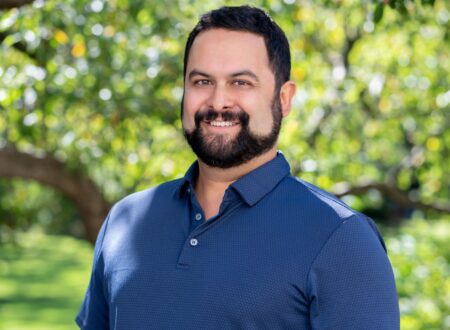Related Posts

Ontario Heritage Trust v Hunter: Chippewas of Nawash Unceded First Nation’s rights to protect Nochemowenaing affirmed and encroachments ordered removed
Wednesday, July 9, 2025
In a recent victory, on June 6, 2025, the Ontario Superior Court ruled in favour of the Ontario Heritage Trust (“OHT”) and the Chippewas of Nawash…
Read More...
Ontario’s Proposed Bill 5 Will Be Devastating to Indigenous Rights and Interests
Monday, May 12, 2025 | Part 3
On April 17, 2025, the Government of Ontario introduced Bill 5, the dramatically-named Protect Ontario by Unleashing our Economy Act, 2025.
Read More...
Five Things to Know About the Repeal of the Endangered Species Act and the Introduction of the Species Conservation Act
Thursday, May 8, 2025 | Part 2
On April 17, 2025, the Government of Ontario introduced Bill 5, the dramatically-named Protect Ontario by Unleashing our Economy Act, 2025.
Read More...


